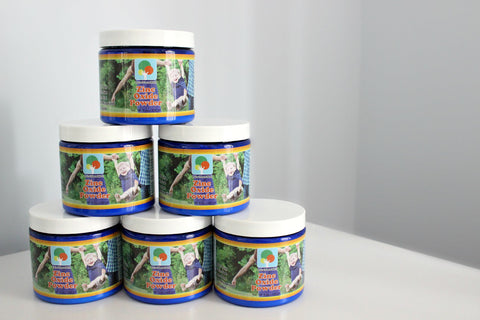
There has been a lot of buzz in the media lately about natural mineral sunscreens and alleged ineffectiveness.
My take on natural sunscreens is this:
1. They do work, but they work differently. This is not necessarily a bad thing. The chemical sunscreens are absorbed into the skin AND potentially into the bloodstream, whereas, mineral sunscreens remain on top of the skin and provide a barrier to the sun.
2. Mineral sunscreens can sometimes separate and therefore do not supply an even barrier. It is of utmost importance to follow instructions and blend thoroughly prior to each application.
3. They are generally not water resistant because they do remain on top of the skin - they do not absorb - so special care should be taken to reapply even more regularly when water is involved. There ARE homemade options that involve beeswax that do provide some degree of water resistance.
How about Homemade Options?
1. The more zinc oxide powder you use in your homemade recipes, the better the barrier. Yes, your skin will be white, but that’s ok.
2. Be sure to re-blend before each application - the zinc oxide tends to settle so it’s important to shake and blend every single time.
3. Apply often. It’s especially important to check for any skin redness in children. We try to evaluate every 15 to 20 minutes for any changes in skin tone. It can be useful to set a timer since we can easily lose track of time when having fun in the sun.
A few final thoughts:
1. It’s worth the extra effort to avoid putting questionable chemicals onto your child’s skin.
2. If you haven’t had the best luck with mineral based commercial sunscreens then consider using our tips above. If you’re still not getting adequate protection then consider trying a different kid-safe zinc oxide sunscreen.
3. You can easily make your own sunscreen by adding a kid-safe zinc oxide powder to any natural lotion. Be generous for the best protection.

